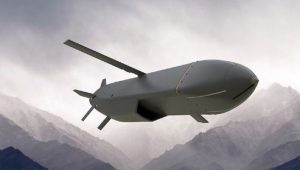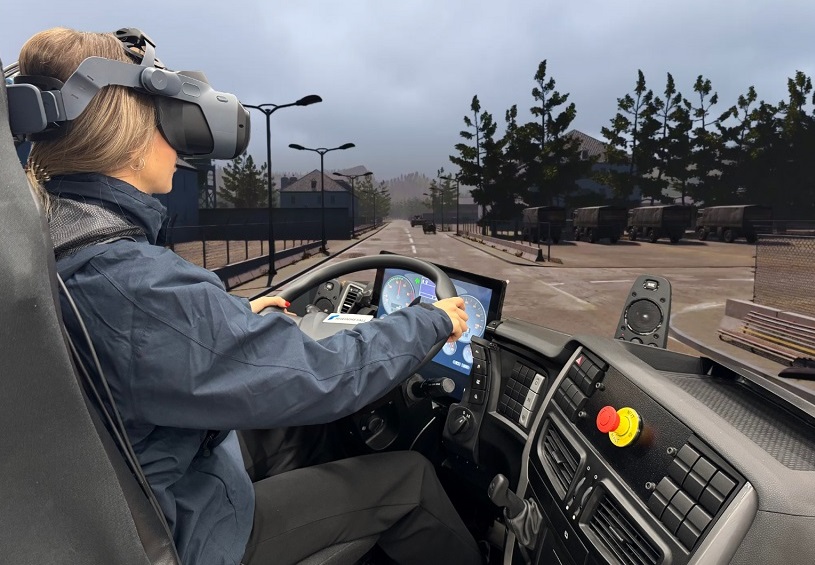The EM-Vis Deceive system is described as the first fully integrated person-borne system of its kind, designed and built according to modular open standards. This approach provides flexibility, upgradeability, and adaptability to various mission requirements. The system is also aligned with STICS, a suite of open standards and specifications designed to ensure modularity and interoperability in C5ISR and Electronic Warfare (EW) systems.
Roke states that the system is capable of disrupting a range of enemy targets, including drones, missiles, and communication systems. It can be operated by light, medium, or heavy EW specialists, as well as general troops with minimal training.
According to Roke, the development of EM-Vis Deceive represents a significant advancement in bringing electronic warfare capabilities closer to the frontline. This responds to an increased demand for faster and more adaptable solutions to threats in modern military environments.
The system was launched at AOC Europe 2025 in Rome. Roke describes itself as a company at the forefront of defence and security technology, with a focus on delivering intelligence and engineering solutions for national defence and security applications.
Paul MacGregor, Managing Director of Roke, stated: “EM-Vis Deceive marks a major turning point in electronic warfare. For decades, most EA systems on the battlefield were custom-built, one-offs, made to counter specific threats. These were expensive, slow to upgrade, and hard to integrate with other technology. And with weaponry, and the battlefield in general, evolving so quickly, these clunky systems were leaving troops at a severe disadvantage.”
MacGregor provided an example to illustrate the importance of flexibility: “Let’s take drones as an example. Ukraine has had to defend itself from 18,000 drone attacks in the last year alone, according to UK intelligence. An army squad could be using an electronic warfare system to jam enemy drones – but what happens if a new enemy drone model appears that uses different frequencies? A new custom build would have to be designed, tested, and deployed – it could take months or even years. EM-Vis Deceive changes all of that, it can be quickly upgraded, software updates can be pushed faster and it can easily communicate with other systems.”
Roke has a background in Cyber and Electromagnetic Activity (CEMA) technology, with over 40 years of experience in the field. The company has incorporated its expertise in small form factor radio system development into EM-Vis Deceive, resulting in a compact, agile system that includes integrated support functionality.
Key features of EM-Vis Deceive include a modular design that supports various EW missions through swap-in/swap-out Software Defined Radios (SDR). The system utilises OpenCPI-generated applications and open APIs to facilitate the development of new techniques and the integration of existing IP. The system’s design is also scalable, allowing it to support both person-borne and platform-mounted deployments, depending on operational requirements.





























